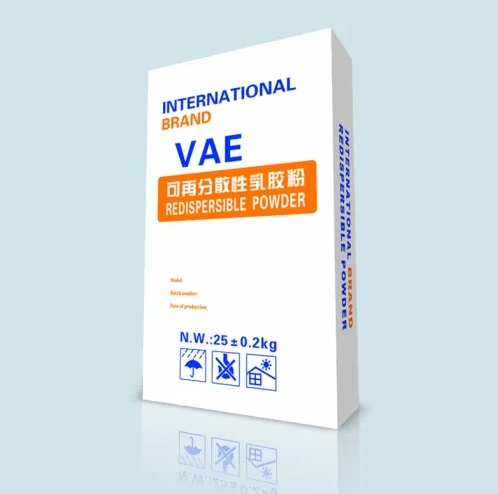Everything You Need To Know about Redispersible Polymer Powder
Understanding the Basics
Redispersible Polymer Powder (RPP) stands as a versatile and essential component in various industries, bringing a myriad of benefits to construction, coatings, and adhesives. This unique powder, derived from polymer emulsion, has become a game-changer in enhancing the performance of numerous products.
The Composition of RPP
At its core, Redispersible Polymer Powder comprises polymer resin, protective colloids, and other additives. The manufacturing process involves spray-drying a polymer emulsion to create a fine, free-flowing powder. The choice of polymer and additives dictates the powder's properties, making it adaptable to diverse applications.
Versatility in Construction
RPP finds extensive use in the construction industry, where it serves as a key ingredient in cement-based mortars, plasters, and tile adhesives. Its ability to enhance adhesion, flexibility, and water resistance makes it indispensable in improving the overall performance and durability of construction materials.
Applications Beyond Construction
Beyond construction, Redispersible Polymer Powder extends its influence to coatings and adhesives. The powder acts as a binder in paints and coatings, providing improved durability, crack resistance, and weatherability. In adhesives, it enhances bonding strength and flexibility, making it a preferred choice in various bonding applications.
Influence on Paints and Coatings
Additional resources:Unveiling the Power of Hydroxypropyl Methylcellulose in Skincare
10 Best Paintbrushes for Walls: Brushes vs. Rollers vs. Sprays
What are the sectors of the cosmetic industry?
What are the primary uses of Hydroxy Ethyl Cellulose (HEC)?
Iron Oxide Pigment: The Ultimate Guide to Application Techniques
What Are Specialty Gases Used for
RPP significantly impacts the formulation of water-based paints and coatings. Its ability to improve film formation, adhesion, and resistance to environmental factors contributes to the production of high-quality finishes. The powder's compatibility with other additives further enhances its versatility in meeting diverse performance requirements.
Enhancing Adhesive Performance
In the realm of adhesives, Redispersible Polymer Powder plays a pivotal role. It improves the adhesion properties of the adhesive, ensuring a strong bond even under challenging conditions. Additionally, the powder enhances the flexibility of adhesives, making them suitable for applications where movement or stress is expected.
Considerations for Application
When utilizing Redispersible Polymer Powder, it is essential to consider factors such as dosage, compatibility with other components, and specific application requirements. Manufacturers and formulators must carefully assess the characteristics of RPP to optimize its benefits in various formulations.
Dosage and Compatibility
The appropriate dosage of RPP varies based on the specific formulation and desired performance characteristics. Additionally, compatibility with other components, such as fillers and additives, should be considered to achieve synergistic effects and ensure the stability of the final product.
Conclusion
In conclusion, Redispersible Polymer Powder emerges as a multifaceted solution with a profound impact on construction, coatings, and adhesives. Its versatility, coupled with the ability to enhance adhesion, flexibility, and durability, positions RPP as a key player in the formulation of high-performance materials. Whether in mortar for construction projects, paints for aesthetic finishes, or adhesives for bonding applications, the wonders of Redispersible Polymer Powder continue to unfold across diverse industries.
- Previous: What is the difference between zinc oxide and nano zinc oxide?
- Next: None


